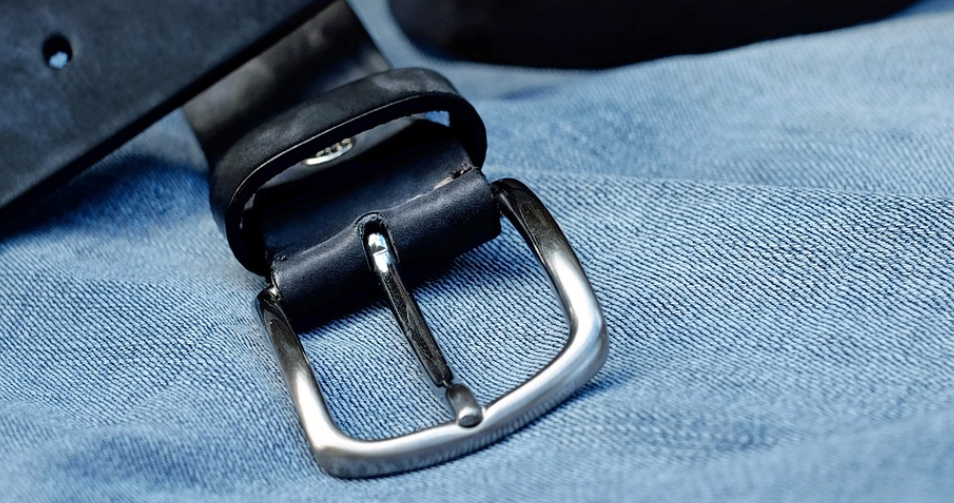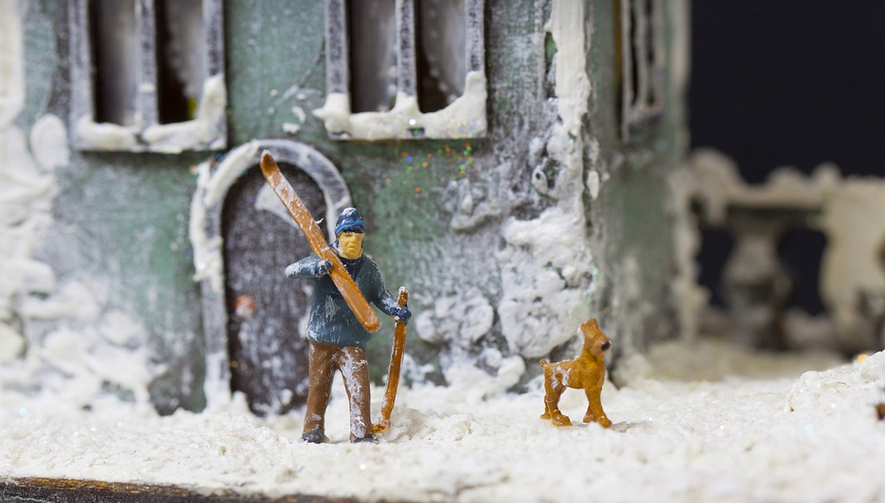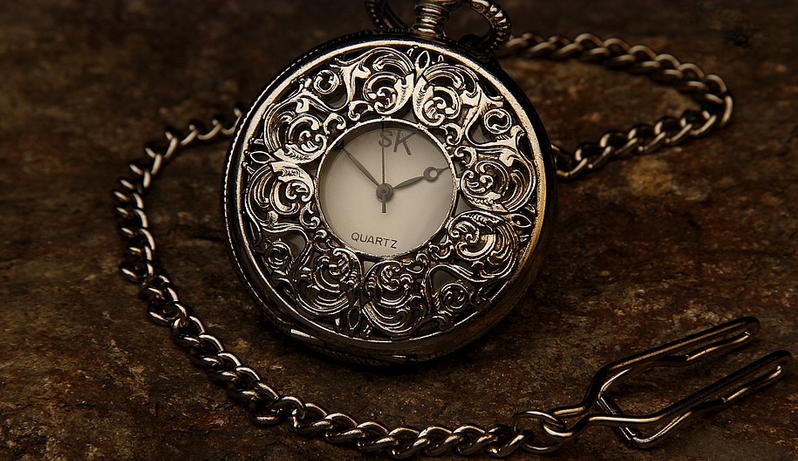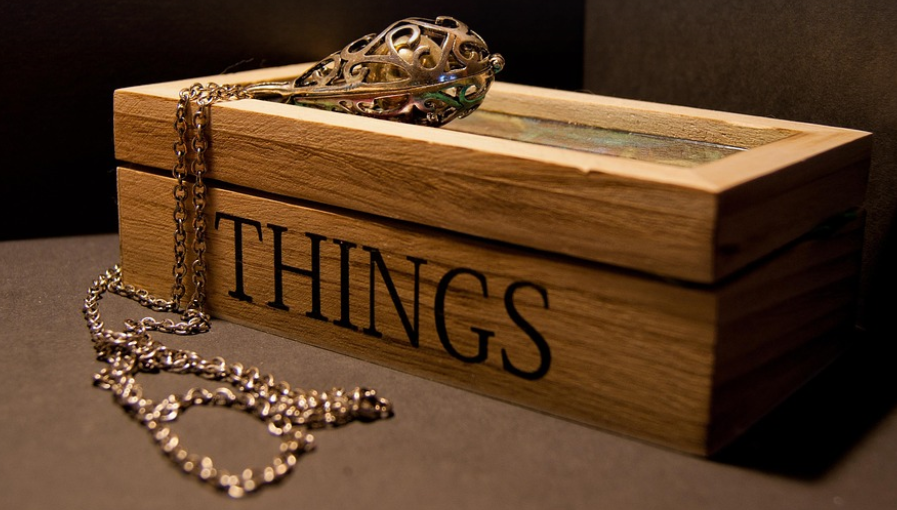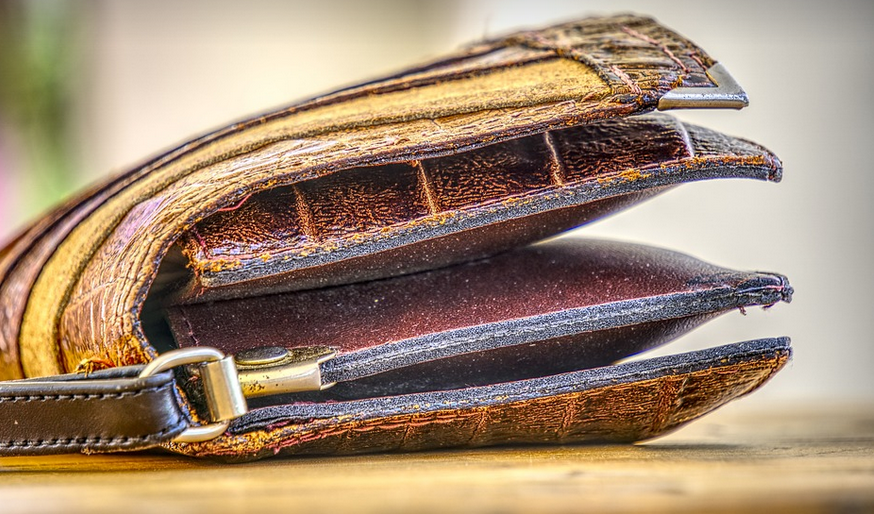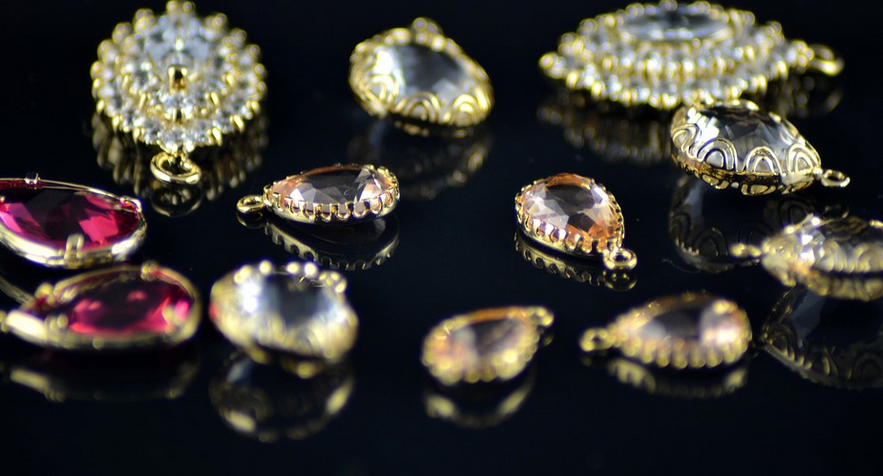
Understanding Braids: The Basics
Braid fishing line, a popular choice among anglers, boasts several advantages over other lines. It offers excellent abrasion resistance and knot strength, making it suitable for various fish species and tackle. Its smooth, tangle-free nature adds to its appeal. However, like any gear, braid fishing line has an expected lifespan determined by factors like usage frequency, storage conditions, and environmental influences.
The Lifespan of Braid: Unmasking the Factors
The lifespan of braid is a subject of constant debate among anglers. Is it a few months? A year or even three? While there’s no definitive answer, understanding the key factors that affect its longevity will give you valuable insights.
Firstly, consistent and harsh use plays a role in braid line lifespan. Frequent casting, extended periods on the water, and rough handling can wear down the fibers over time. Imagine constantly running your braid through heavy lines or battling strong fish for hours – that’s a recipe for faster degradation.
Secondly, storage plays a critical role. Braid’s smooth structure makes it susceptible to damage from heat, moisture, and UV exposure. Improperly stored braid can lose its elasticity, become brittle, or even develop knots from being squeezed tightly in your tackle box.
Finally, environmental factors cannot be ignored. Saltwater environments and extreme temperatures are harsher on braid than freshwater. The constant friction of saltwater exposure and the fluctuating temperature swings between summer heat and winter cold can accelerate degradation.
How Long Does Braid Last? A General Estimation
Let’s talk about some realistic estimations for braid line lifespan. While these are general guidelines, they may vary depending on your specific fishing habits and the type of braid you use.
On average, a high-quality braided fishing line can last anywhere between **1 to 2 years** if used regularly and stored properly. This duration assumes moderate usage with occasional rough handling and limited exposure to harsh elements. However, for more intensive fishing or extended periods of saltwater use, expect the lifespan to be reduced.
Prolonged heavy usage will undoubtedly shorten the lifespan of your braid line. Consider the frequency of casting, the size of fish you’re targeting, and how often you’re pushing the limits of your equipment. While it might appear like a simple change, investing in better quality lines can significantly extend their life span.
Proactive Care: Optimizing Your Braid Line’s Life
To maximize the lifespan of your braid line, proactive care is crucial. Just like any tool, proper maintenance will allow you to enjoy it for longer and avoid costly replacements.
Firstly, prioritize proper storage. Ensure your braid is stored in a cool, dry place away from direct sunlight and high temperatures. Consider using moisture-resistant containers specifically designed for fishing gear. This helps prevent unnecessary wear and tear caused by heat or moisture.
Secondly, learn to recognize the signs of degradation. Inspect your line regularly for fraying, breakage, knots, or any other visible damage. Timely identification allows you to address minor issues before they escalate into major problems.
Thirdly, use a quality leader and terminal tackle when working with braid lines. A well-designed leader can help protect the braid from wear and tear caused by heavy casts or strong fights. This can extend the life of your main line and prevent unnecessary damage to the rig.
Conclusion: Choosing the Right Line
Choosing the right braid for your fishing needs is critical for both performance and longevity. While braid lines offer incredible benefits in terms of strength, sensitivity, and overall performance, their lifespan depends on various factors. Understanding how long braid lasts will help you make informed choices to maximize the life span of your equipment and minimize financial losses. Remember to prioritize proper storage, proactive maintenance, and choosing high-quality products for optimal results.
